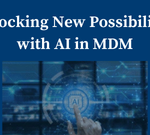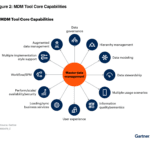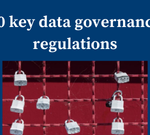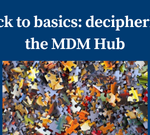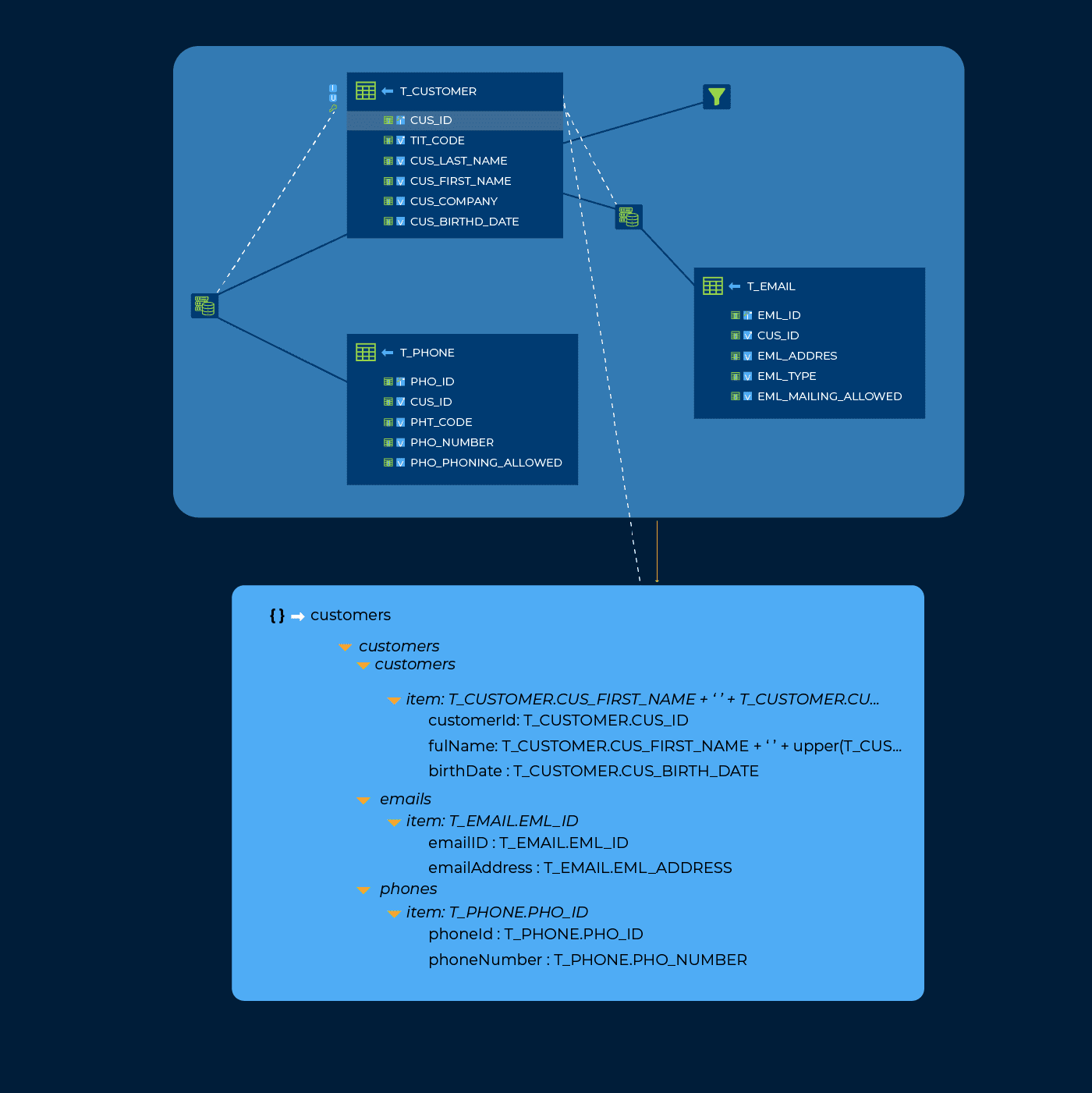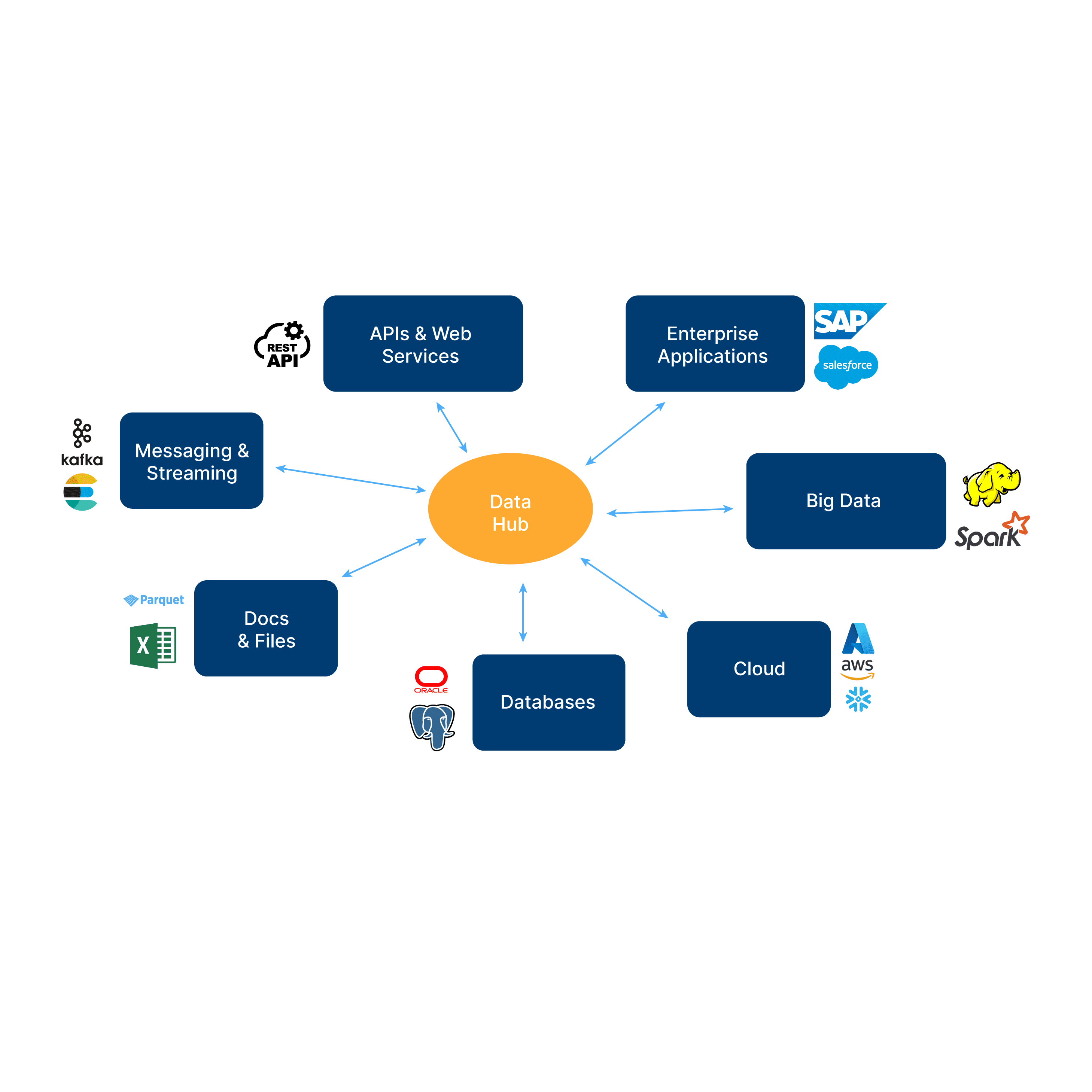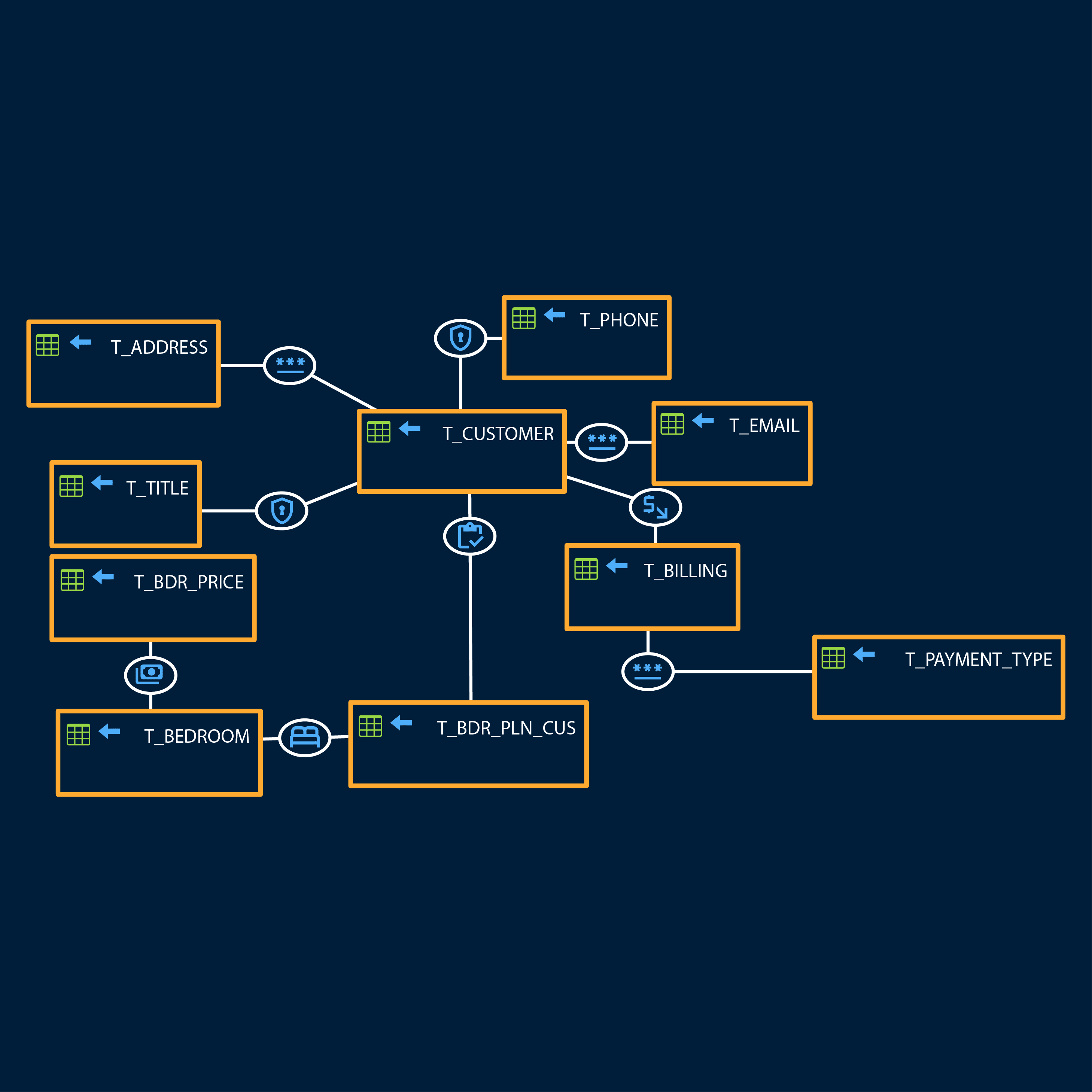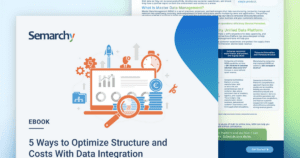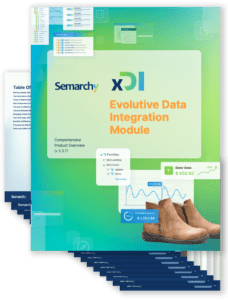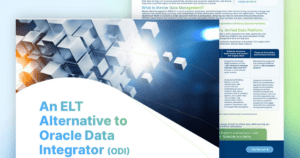From siloed to synced with Semarchy's data integration solution
Semarchy’s data integration solution brings your on-prem and cloud-based data sources together—with low-code universal connectors and high-performing ELT data pipelines that provide fast, actionable insights
A one-stop data integration solution to power your business and digital transformation
Reliable data delivery
Rapidly design, deploy, and deliver any volume of data for AI projects, cloud migration, and more—all through one single, secure solution.
Low cost of ownership
Employ readymade templates and reuse existing integrations while adapting to new data flows, reducing maintenance costs by up to 300%.
Universal compatibility
Work with your current technology and effortlessly meet new requirements with flexible tools that support a range of legacy and modern data sources.














